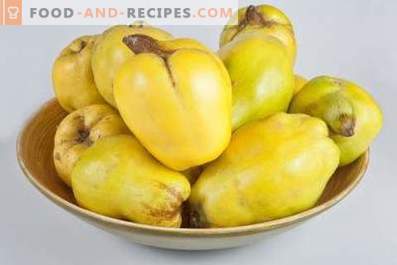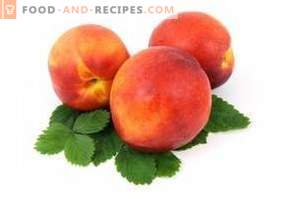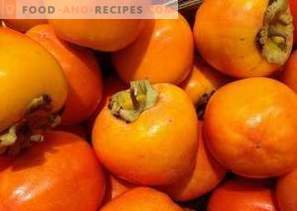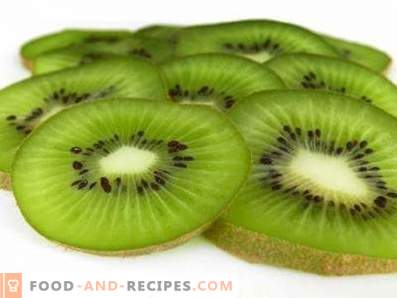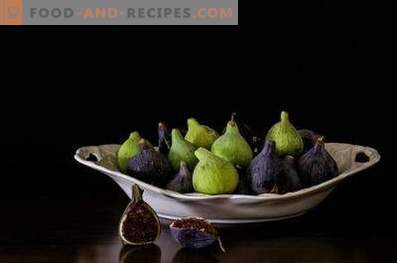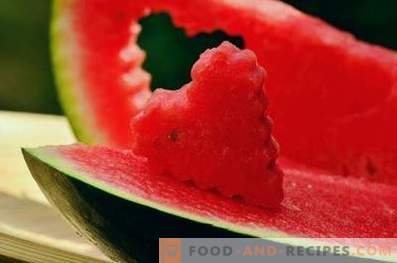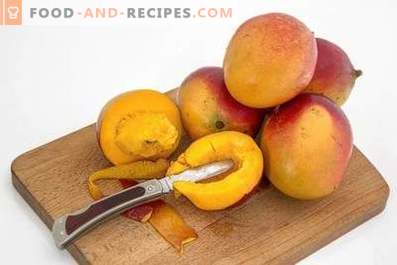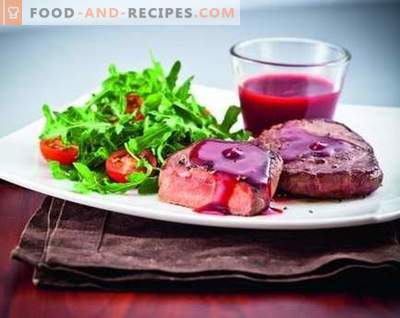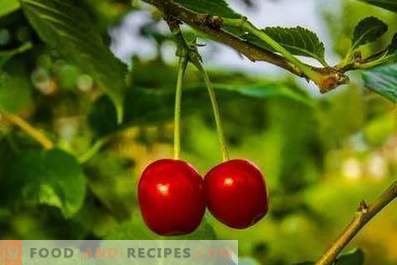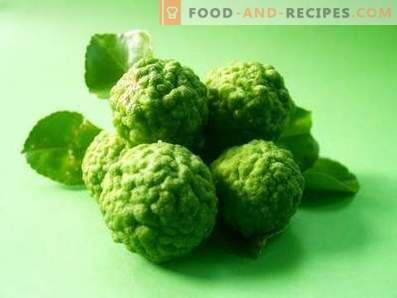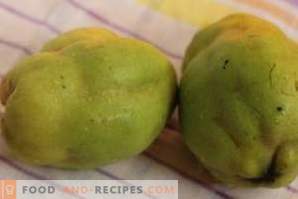
Quince is a monotypic genus of Pink family trees. The well-known quince ordinary (or oblong quince) is the only representative of this genus. This ancient fruit crop has been used by people for more than 40 centuries. Initially, the fruit was discovered in the Caucasus, and then spread to the territory of Asia Minor, Ancient Greece and Rome. At the beginning of the X century BC, quince was widely cultivated on the island of Crete. According to some historical sources, the name of the plant genus Cydonia comes from the Cretan city of Sidon. Mention of the fruit in writing is already known in the VII-VIII century BC: the famous golden apple, presented by Paris to the goddess Aphrodite, was just a quince. The ancient Greek philosopher Plutarch wrote that the sweet and tart quince was considered a symbol of family and marriage.
In ancient Greece, the fruit was called melon kydaion, which gives grounds for the second version of the genus name formation. From this country the quince was brought to the peninsula. Its characteristics and descriptions of medicinal properties are found in the writings of the ancient Roman writer Pliny the Elder (as early as 75 BC, 6 varieties of this plant were cultivated). In the first Italian culinary book, created by the famous Apicius, recipe of quince desserts is told. Pictures of scenes with a quince were found in the buildings of the destroyed Pompeii; images of culture are also found in the paintings of that time.
A quince tree or shrub shed leaves during the season. The height of the trunk reaches 1, 4-5 meters, the branches of the crown rise obliquely. Thin scaly bark grows brownish-gray on young trees and becomes dark brown on old branches. Shoots of plants have a gray-green shade. The next leaves in the shape of an ellipse or a circle are pointed at the top and are wedge-shaped at the base. The upper part is dark green in color, and the felt down from the bottom gives the back a grayish tint. The length of the leaves is 4, 8-10 cm, width up to 8 cm, and the petiole can be extended up to 2 cm. Falling stipules have glandular hairs. Single regular flowers attached to small pubescent pedicels. The five-part calyx remains in quince when ripe. Pale pinkish or white corolla of flowers is large enough - from 2, 2 to 2, 5 cm in radius. Quince blooms in late spring and in June, and fruit ripening begins in September. The fruits are false apples with five multi-seeded nests. Outwardly, quince is very similar to a rounded pear-colored pear, half of the skin of which sometimes has a reddish tint. The radius of the wild fruit does not exceed 2 cm, and the diameter of the garden quince can reach 15 cm. The flesh with a pleasant smell is slightly stiff due to the presence of stony cells. The tart sweet taste of quince sometimes seems a little astringent.
The quince is widespread on flat districts, on coasts of reservoirs and in the lower belts of mountain territories. The most comfortable growth conditions for a fruit are loose and moist soils. Quince can be found on chernozem, flooded land, on alluvial and sandy soils. In the Caucasian foothills, the plant stuck perfectly on dry soil, like oak, loquat, dogwood, dogrose. Quince prefers to develop in the vicinity of overgrown reservoirs near the Persian parrot. The plant endures both prolonged lack of moisture and its surplus (for example, during flood). High yield of fruits is observed in quince growing on heavy loams, and early fruits appear on sandy soils. Trees from dry soils have smaller fruits, and from wet soils they are juicy and astringent. Fruits of wild quince weigh 50-100 grams, and farmers manage to get fruits weighing up to 2 kg. At the same time, the tree naturally produces no more than 7-10 fruits.
Nutritional and vitamin value of quince fruits
In the quince is a lot of important components of a healthy diet. 100 g of fruit pulp contains almost 26% of the daily norm of ascorbic acid, 18, 7% of the norm of vitamin A and 2, 8% of the norm of vitamin E. Nutritional value 100 g of quince:
- 0, 65 g of proteins
- 0, 49 g of fats
- 9, 58 g of carbohydrates
- 3, 61 g of dietary fiber
- 84, 5 g of water
- 0, 88 g of organic acids
- 0, 11 g of unsaturated fatty acids
- 0, 11 g of saturated fatty acids
- 7, 64 g of monosaccharides and disaccharides
- 0, 82 g of ash
- 2, 03 g of starch
Vitamins per 100 g of quince:
- 0, 42 mg beta-carotene (vitamin A provitamin)
- 167, 4 µg of retinol equivalent (A)
- 23, 05 mg of ascorbic acid (C)
- 0.023 mg of thiamine (B1)
- 0, 042 mg of riboflavin (B2)
- 0, 21 mg of niacin equivalent (PP)
- 0, 13 mg of vitamin PP
- 0, 42 mg of tocopherol (E)
Energy value of fresh quince
Quince contains a lot of carbohydrates, water, monosaccharides and disaccharides, and fiber is present in its pulp and ash. The lack of fat and cholesterol makes the fruit a useful and attractive dietary product.
- The caloric value of 100 g of quince is 48 kcal.
- The caloric value of 1 fruit (approximately 170 g) is 81.6 kcal.
Copper and fiber in quince pulp help speed up the digestive processes and burn excess fat.
Minerals in Quince
There are many important micro and macro elements in the quince. In particular, 100 g of fruits of this exotic fruit provide 5, 9% of the daily value of potassium, 3, 6% - magnesium and 3, 1% - phosphorus. The iron content is marked by even greater indicators: quince covers 16, 8% of the daily norm of this trace element.
Macroelements in 100 g of quince:
- 23, 04 mg of calcium (Ca)
- 200, 02 mg of potassium (K)
- 14, 02 mg of magnesium (Mg)
- 24, 05 mg of phosphorus (P)
- 14, 03 mg of sodium (Na)
Trace elements in 100 g of quince:
- 3, 03 mg of iron (Fe)
Useful properties of quince
- Quince has been used as medicine since ancient times. Traditional medicine was known that boiled fruit and a decoction of them cures gastrointestinal diseases and improves the metabolic processes in the body. Currently, this tool is obtained from 10 g of dry quince and 100 ml of boiled water; 1 tablespoon of this broth before eating causes a healthy appetite, and also facilitates uterine bleeding. Boiled quince in shabby form is used as a remedy for vomiting and for the treatment of liver problems.
- Quince positively affects heart rhythms, helps with diarrhea and jaundice.
- Fresh fruit and juice are an anti-anemia and cardiovascular disease, an effective diuretic.
- Quince fruits have an antiseptic and hemostatic effect, and the seeds of the fruit fight inflammation. A decoction of seeds treats for tonsillitis (2-3 rinses per day is enough) and is used in cosmetology: this composition softens the skin and is applied as lotions for eye diseases.
- Of the small pieces of quince, boiled until softened, boil a thick syrup, used in anemia.
- The high iron content in combination with ascorbic acid makes quince an effective way to combat iron deficiency anemia. Fruits will be useful after long-lasting debilitating diseases, especially with fever.
- Pectin compounds actively solve intestinal problems. A poultice of fruit or juice is an excellent remedy for diarrhea and fissures of the colon.
- If you shake the quince seeds in a container of water, you get a solution with mucus, which can be used as an enveloping, antitussive and expectorant. This medicine helps with children's bronchitis, reduces discomfort during colitis and diarrhea, soothes the internal tissues with gastric and duodenal ulcers. You can apply this mixture externally against burns and skin irritation.
- Dentists know that mucus prepared from whole quince seeds can be used for applications with glossitis, periodontal disease and gingivitis. It should be remembered that the quince seeds can not be crushed, because in this case, the toxic amygdalin compound is extracted from them, giving the quince the smell of bitter almond.
- From quince leaves, water infusion is obtained, which has the ability to relieve or even stop the attacks of bronchial asthma. This tool is made as follows: 5 grams of leaves is poured with one cup of boiling water. The mixture should be boiled in a water bath for 15-20 minutes, then squeeze it and dilute with boiled water to the original volume. The cooled mixture can be stored in the refrigerator for 3-4 days. The drug is taken in doses of 2 tablespoons before meals.
- In Avicenna's works, it is told that quince juice in combination with honey strengthens the stomach and liver, and fresh fruits stabilize the work of digestion. Quince masks in those days were already used to improve the condition of the skin of the face and its color. The ancient healers have kept the prescription against infertility: 1 tablespoon of quince juice is drunk in the evening for 1-2 weeks.
- Quince leaves and seeds, brewed as tea, help against kidney disease and cardiovascular edema. One tablespoon of dried leaves and seeds in an equal ratio is poured with a glass of boiling water and kept for 5-7 minutes on low heat. Next, filter the mixture, honey can be added to taste. One tablespoon of the funds taken 3-4 times a day.
- Tea from fruit seeds is used to combat cough and acute respiratory infections because it softens the serious condition of the body and soothes the throat.
Contraindications to the use of quince
Quince contains many beneficial ingredients, but can be harmful if used improperly. It is important to remember that quince seeds must be kept whole, in no case should it be ground and not nibbled. Amygdalin, released during the destruction of the bones, can cause poisoning, and under the action of vitamin C, its activity increases. There are also several other limitations:
- In case of peptic ulcer it is better not to use fresh quince fruits and their juice, since irritation of mucous membranes is possible.
- For chronic constipation, it is better not to take the fruits and seeds.
- The use of quince is undesirable when pleurisy.
- There is information that eating quince fruits does some harm to the vocal cords and larynx. It will be rational to refrain from this fruit to those who are facing a public appearance or important negotiations.


